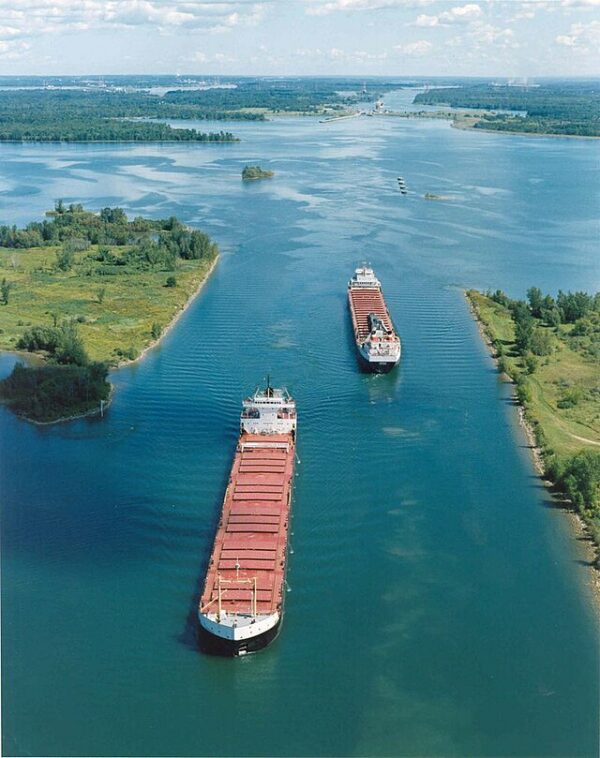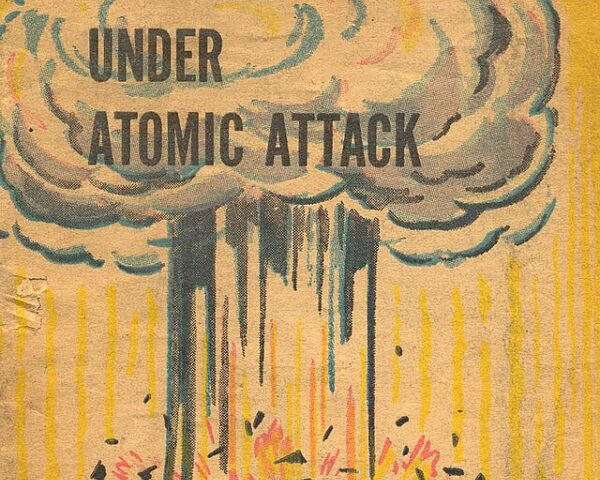On August 10, 1954, in the small upstate town of Massena, New York, political leaders, engineers, and dignitaries gathered for an event that had been more than half a century in the making: the groundbreaking of the Saint Lawrence Seaway. Beneath a bright summer sun, shovels pierced the soil to signal the start of one of the most ambitious engineering projects in North American history—a joint venture between the United States and Canada that would open the Great Lakes to ocean-going vessels, transforming inland ports into gateways for global trade.
The idea of a navigable deepwater route from the Atlantic Ocean to the Great Lakes dated back to the 19th century. Early efforts produced canals and locks capable of handling smaller ships, but the dream of a full-scale seaway faced political resistance, economic doubts, and the challenges of binational coordination. Canadian officials had long championed the project, seeing it as vital to expanding commerce and tapping the hydroelectric potential of the Saint Lawrence River. In the United States, however, skeptics feared the impact on coastal ports, questioned the cost, and worried about strategic vulnerabilities.
The deadlock persisted for decades. Only after World War II, with the boom in global shipping and the growth of industrial production in the Midwest, did the political momentum shift decisively. By the early 1950s, it became clear that the postwar economy demanded larger ships and more efficient transportation routes. In 1954, after extensive negotiation, the two nations reached a definitive agreement: Canada would shoulder much of the construction cost, while both governments would collaborate on the waterway and its associated power facilities.
The August 10 ceremony in Massena symbolized more than the start of dredging and concrete work—it marked the renewal of U.S.–Canadian cooperation at a time when Cold War tensions underscored the need for secure and reliable trade routes. The location was carefully chosen. Massena lay at the eastern edge of the Great Lakes system, near the International Rapids section of the Saint Lawrence River, where a joint power project would harness the river’s flow to generate electricity for both nations. The site also served as the point where massive locks and channels would begin to reshape the river into a modern shipping corridor.
Dignitaries at the event included Canadian and American officials, engineers, and local leaders. In speeches, they hailed the Seaway as a triumph of diplomacy, engineering, and economic vision. The tone was optimistic, with promises that the project would revitalize the economies of inland cities from Duluth to Detroit to Cleveland, reduce transportation costs for bulk commodities like grain and iron ore, and strengthen the economic integration of the two nations.
The Saint Lawrence Seaway project was vast in scope. It required the excavation of millions of cubic yards of earth and rock, the construction of new locks large enough to handle ocean freighters, and the re-routing of communities and roads affected by the new water levels. The International Rapids section, once dotted with islands and swift currents, would be tamed by the Moses–Saunders Power Dam, completed in tandem with the Seaway to produce massive amounts of hydroelectric power. Entire villages in Ontario, known as the “Lost Villages,” would be submerged as the river was reshaped—an enduring reminder that progress came with human and environmental costs.
Construction proceeded rapidly over the next five years. By 1959, the Seaway was complete, officially opened by Queen Elizabeth II and President Dwight D. Eisenhower in a grand ceremony. Ocean-going ships could now travel more than 2,300 miles inland, from the Atlantic to Duluth, Minnesota, linking the industrial heartland of North America directly to overseas markets.
The August 10, 1954 groundbreaking remains a landmark in the history of North American infrastructure—a moment when ambition, international cooperation, and engineering skill converged to alter the geography of commerce. The Seaway not only transformed trade patterns but also stood as a testament to the enduring ties between the United States and Canada, built on shared waterways, shared resources, and a shared vision for economic growth






